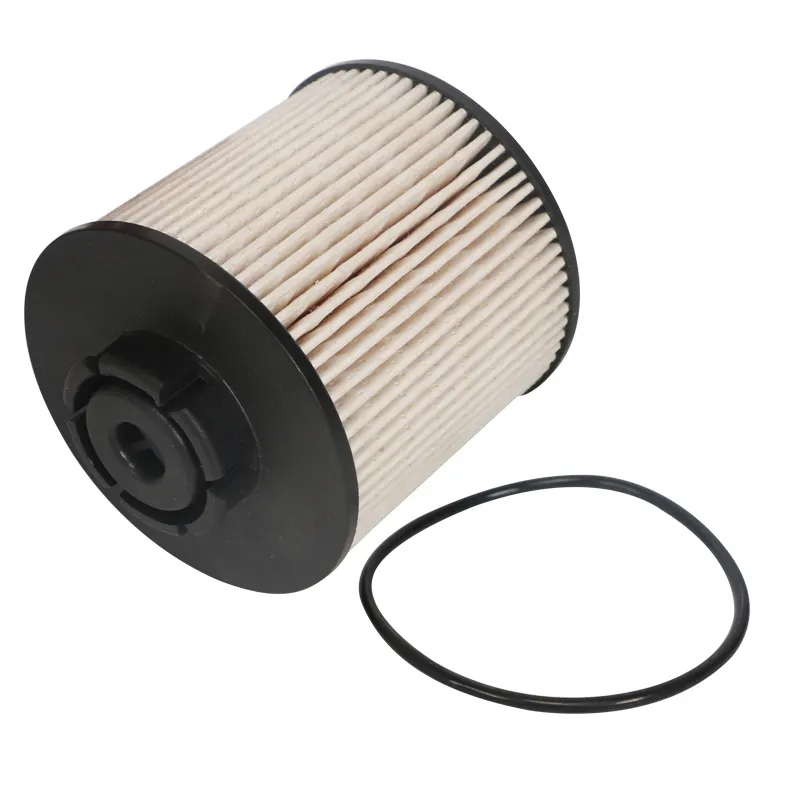Dec . 09, 2024 15:08 Back to list
air carbon filter
Understanding Air Carbon Filters A Comprehensive Overview
As air quality concerns rise globally, innovative technologies to combat pollution and enhance indoor air quality have gained significant attention. Among these, air carbon filters have emerged as effective solutions to purify air by removing harmful pollutants and odors. This article delves into the workings, benefits, applications, and future of air carbon filters.
What are Air Carbon Filters?
Air carbon filters utilize activated carbon, a form of carbon treated to make it porous and increase its surface area. This structure allows for a high degree of adsorption, a process where pollutants and odors adhere to the surface of the carbon particles. The main function of these filters is to trap gases, volatile organic compounds (VOCs), and other contaminants present in the air.
How Do They Work?
The functionality of air carbon filters hinges on two primary mechanisms adsorption and catalytic oxidation. When air passes through the filter, contaminants come into contact with the activated carbon, where they stick to its surface due to weak intermolecular forces. The extensive surface area provides ample room for this process, making activated carbon highly effective against a wide range of airborne pollutants.
In addition to physical adsorption, some advanced carbon filters utilize catalytic oxidation. Specialized coatings can be applied to the activated carbon, facilitating chemical reactions that convert harmful substances into less hazardous compounds. This dual approach significantly enhances the filter’s efficacy, ensuring cleaner air output.
Benefits of Air Carbon Filters
1. Effective Pollutant Removal Air carbon filters can effectively reduce concentrations of various airborne contaminants, including odors, smoke, VOCs, and certain industrial chemicals. This capability makes them preferable in environments with high pollution levels.
2. Chemical-Free Unlike some air purification systems that use ionization or ozone generation, air carbon filters operate without producing harmful by-products. This makes them safer for residential and commercial use.
3. Energy Efficient Air carbon filters require minimal energy to operate, lowering their environmental footprint. Many units can function effectively without the need for high-power systems, making them cost-effective options for air purification.
4. Versatility They can be used in various applications, from home air purifiers to HVAC systems, industrial air filtration units, and more. This versatility underscores their importance in numerous environments, promoting better air quality.
air carbon filter

Applications of Air Carbon Filters
Air carbon filters find application across various sectors
- Residential Use Homeowners install air carbon filters in air purifiers to reduce allergens, odors, and pollutants, creating healthier living spaces. - Commercial Spaces Offices and retail environments utilize these filters to promote a pleasant and safe atmosphere, particularly in restaurants and cafes where odors are a concern.
- Industrial Sectors Factories and manufacturing plants implement air carbon filters to mitigate emissions and protect workers from harmful airborne substances.
- Vehicles Automotive manufacturers incorporate carbon filters in vehicle air conditioning systems to improve cabin air quality and enhance passenger comfort.
The Future of Air Carbon Filters
The future of air carbon filters looks promising, driven by advancing technology and increasing public awareness of air quality issues. Research is ongoing to enhance the efficiency of activated carbon materials, including the development of composite filters that integrate other purification technologies, such as UV light or HEPA filtration.
Moreover, there is a trend toward sustainable production methods for activated carbon, including the use of agricultural waste and other eco-friendly materials. This shift not only addresses air quality but also contributes to waste reduction and resource conservation.
Additionally, the rise of smart home technologies is likely to influence the design and functionality of air carbon filters in the coming years. More integrated systems with real-time monitoring capabilities may emerge, providing users with valuable insights into air quality metrics and filter performance.
Conclusion
Air carbon filters play a pivotal role in enhancing air quality across various sectors. By effectively removing pollutants and odors, they contribute to healthier environments, which is crucial in today’s world. As technology continues to evolve, these filters are expected to become even more effective and integral to air purification systems, reflecting the ongoing commitment to improving public health and environmental sustainability. Embracing these advancements will ensure that breathable air remains a priority for generations to come.
-
Reliable China Fuel Filter Supplier | High-Efficiency Models
NewsAug.01,2025
-
Car Air Filter 17801-31090 17801-0P010 OEM Quality | QINGHE COUNTY ANNAITE AUTO PARTS CO.,LTD
NewsAug.01,2025
-
High-Quality Car Air Filter Manufacturer 17801-31090/17801-0P010|OEM/ODM Services
NewsAug.01,2025
-
Car Air Filter Manufacturer 17801-31090 17801-0P010 OEM quality
NewsJul.31,2025
-
Premium Antiskid Tires for Safety & Grip
NewsJul.31,2025
-
High-Quality Car Air Filter Manufacturer - 17801-31090 & 17801-0P010|OEM Quality&Customization
NewsJul.30,2025


